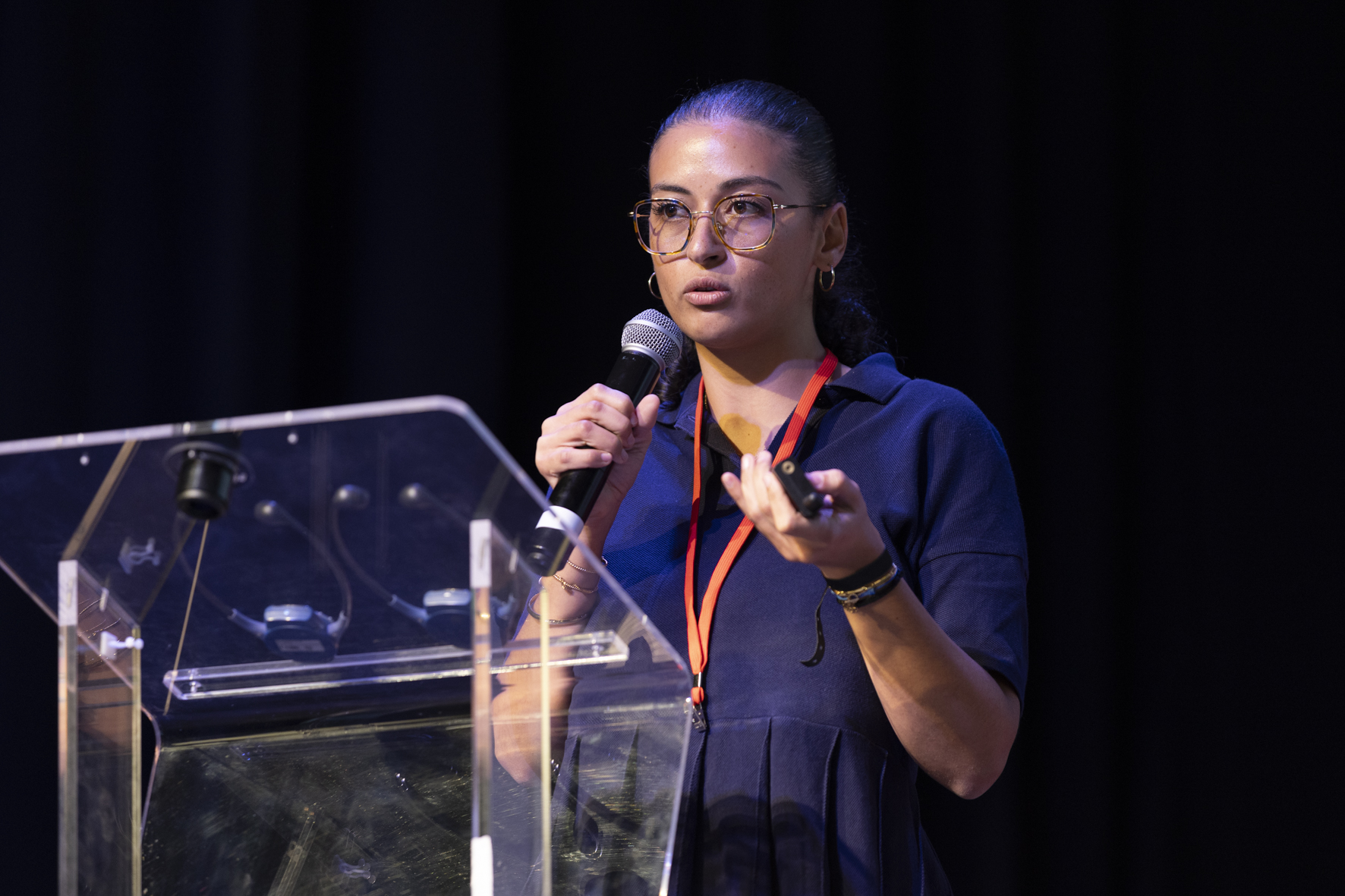Innovative formulation of Cyclophosphamide chewable gummies, produced using 3D Printing, for pediatric administration
2 October 2025
M. Boucida1 ; S. Ramos1 ; G. Chabrelle1 ; M. Vignes1 ; F-X Legrand2 ; B. Do1 ; M. Annereau11 Gustave Roussy, Villejuif, France
2 Institut Galien Paris-Saclay, Orsay, France
Background
Administering paediatric treatments presents pharmaceutical and galenic challenges due to the observed heterogeneity within this population (weight and age variations). Therapeutic adherence depends on multiple factors and remains a major concern for this age group. Cyclophosphamide (CPM), an alkylating agent that is administered orally at metronomic doses in paediatric oncology, requires a dosage form that can accommodate variability in both dosage and age. The conventional approach involves liquid formulations tailored to children, but these tend to be unstable due to the hydrolysis of the active pharmaceutical ingredient. 3D printing addresses these limitations by combining the flexibility of liquid dosage forms with the enhanced stability of solid dosage forms.
Objectives
The aim is to design 3D-printed cyclophosphamide (CPM) gummies that are stable, personalised to the required dose, and based on a printable pharmaceutical gel suitable for on-demand manufacturing.
Methodology
Gel development: The physicochemical properties were characterised using X-ray powder diffraction (XRPD), Fourier-transform infrared spectroscopy (FTIR) and thermal analysis. Rheological properties, which are essential for optimal 3D printing performance, were assessed using an MCR302 Anton Paar® rheometer.
Gummy development: A M3DIMAKER2® pharmaceutical 3D printer, equipped with a motor-driven SSE extrusion head, was used. The dissolution profile was determined using a USP Type II apparatus. The gummies were evaluated in accordance with European Pharmacopoeia (Ph. Eur.) monographs 2.9.5 ’Uniformity of mass’ and 2.9.40 ’Uniformity of content of single-dose preparations’. Finally, a physicochemical stability study was conducted on both the gel and the chewable gummies.
Results
A 10% CPM gel based on pregelatinised starch was successfully developed. XRPD and FTIR analyses confirmed that the CPM was solubilised and homogeneously distributed in the final product. Rheological analysis demonstrated time-dependent gel stability. The gel was extruded through an 18G nozzle at a controlled temperature (<30°C) and pressure, producing self-supporting cylindrical gummies. After 24 hours of drying, the gummies were packaged for on-demand production in doses ranging from 4 to 40 mg of CPM. Dissolution testing, as well as mass and content uniformity, complied with Ph. Eur. requirements. The ongoing physicochemical stability study has shown that, at the two-month timepoint, both the gel and the final product remain stable under storage conditions of +4°C to +8°C.
Conclusion
The development of CPM gummies highlights the potential of 3D printing as an innovative solution for paediatric therapies. The results demonstrate a printable formulation that is stable and has the required mass and content uniformity, along with a dissolution profile that meets the Ph. Eur. standard.
